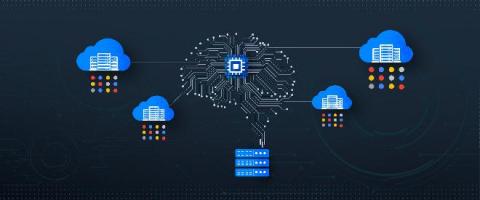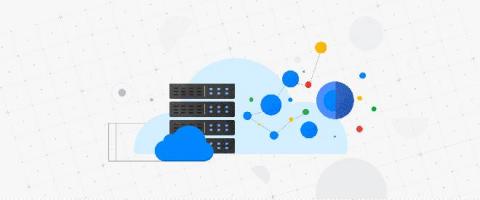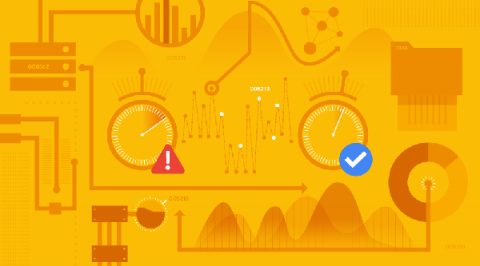Easily view your old queries with Cloud Logging recent queries
As you analyze your logs for application performance, infrastructure errors, system events, and more, sometimes you may need to look back to logs you were previously analyzing to help correlate events and identify the root cause of a problem. To help, we are excited to introduce Google Cloud Logging recent queries, to make it easy to track and run your past searches as you deep dive on your log data.









